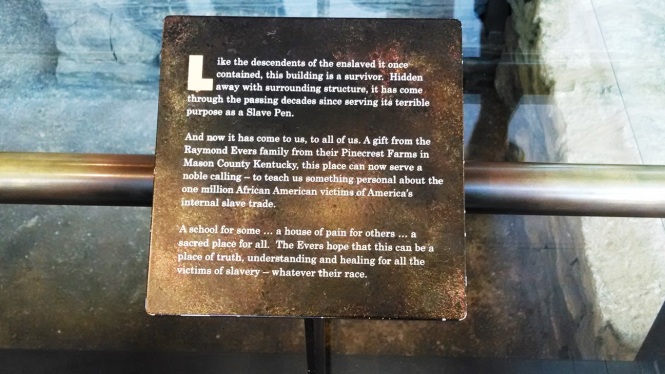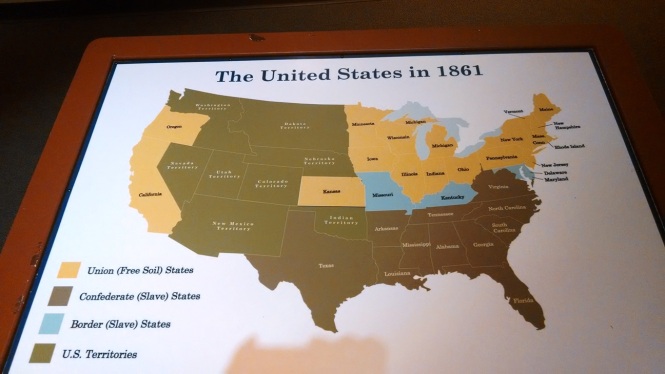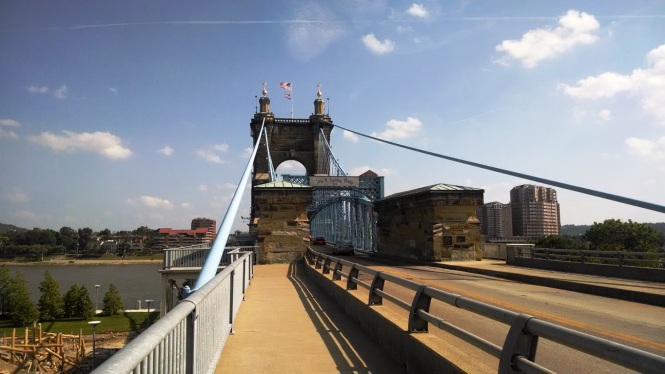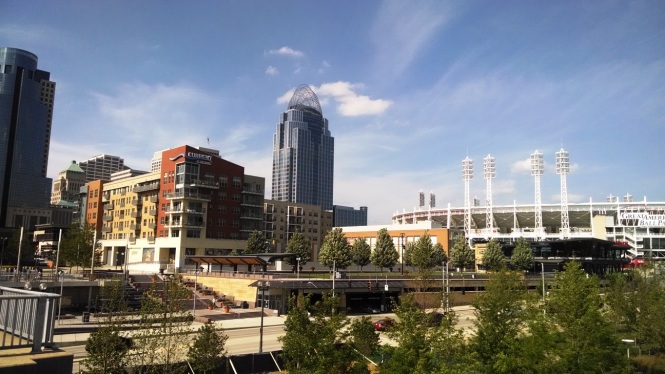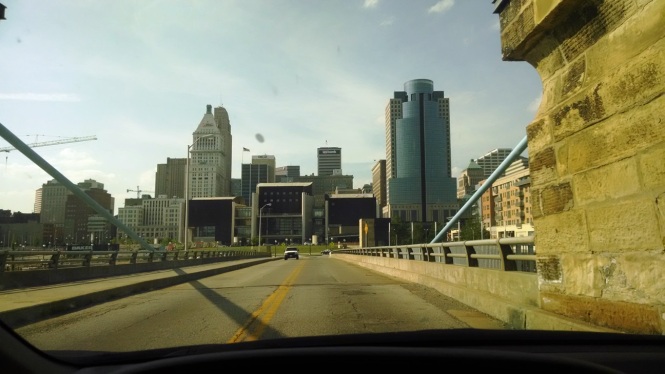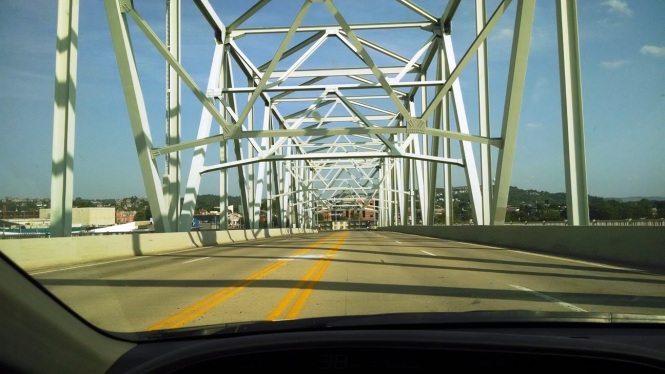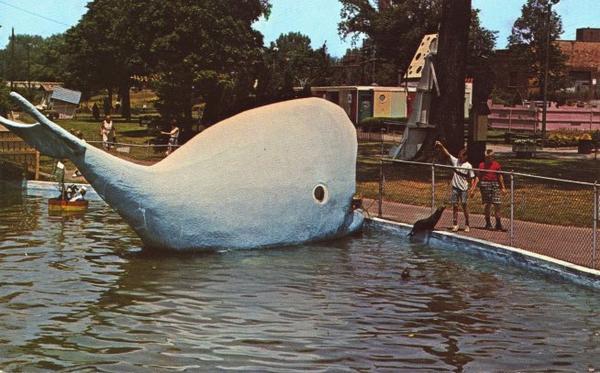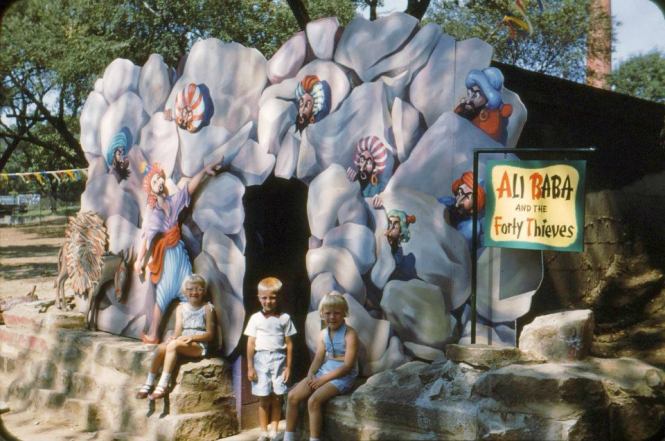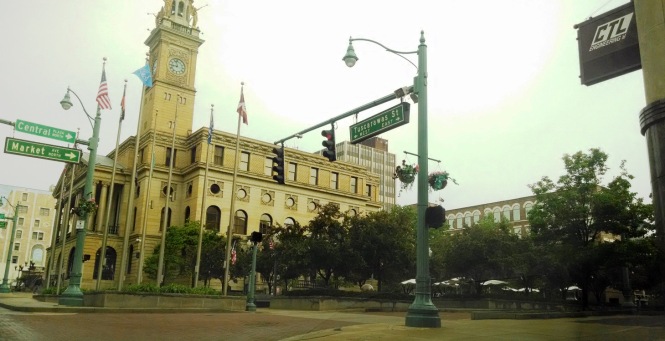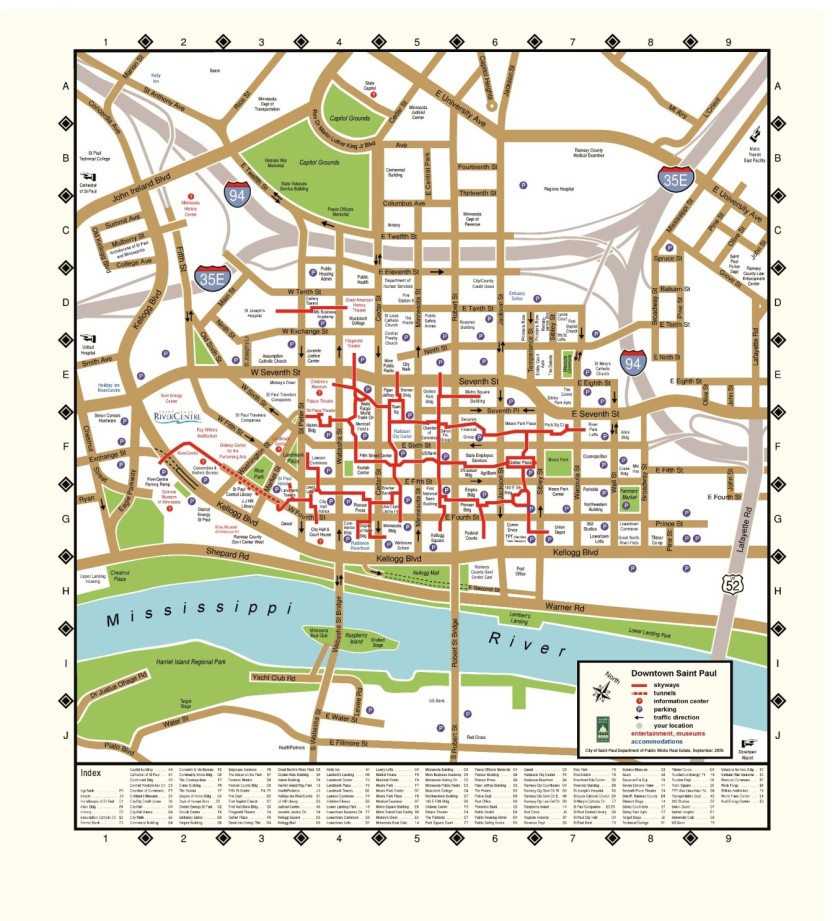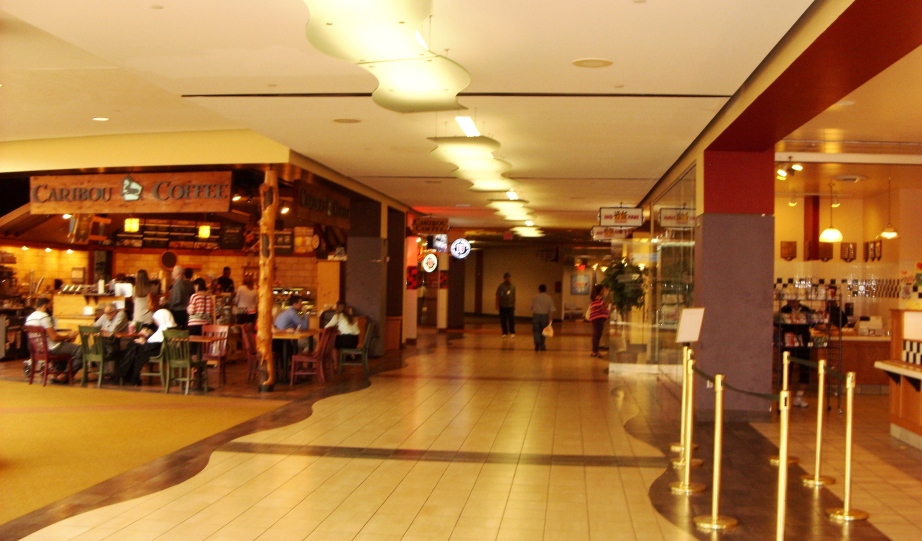Bowling Green, Ohio, where my wife and I live, has a population of just over 30,000 people. Today (and for the next three days), however, that number is expected to balloon up to about 100,000 people. The Black Swamp Arts Festival has arrived.
The Black Swamp Arts festival is a free three-day art and music festival in historic downtown Bowling Green, Ohio. Over 60,000 people attend to enjoy the art, music, and atmosphere. Downtown Main Street is lined with over 150 juried artist exhibits from across the country.
The first Black Swamp Arts Festival was held in Downtown Bowling Green in the Fall of 1993. It was organized by a group of Downtown Business Owners and members of the community who had an interest in spotlighting the arts in Bowling Green. Each year, the Festival has grown: increased number of members who plan and organize Festival details, increased number of fine artists who display and sell their artwork, increased number of performing artists who entertain with all genres of music and stage performances, and an increased number of participants, both local and from out-of-town, who come to enjoy and support the arts.
Source: About Black Swamp Arts Festival, official page
Discover Ohio adds:
Historic Downtown Bowling Green is transformed into a vibrant three-day Music and Arts Festival. Each year new and exciting art work is presented by visual and performance artists… The Artists at Work booths are hands-on community art projects for adult visitors. Visual artists create on-site as visitors watch, and sometimes try their hand at the craft. Participating artists include water colorists, acrylics painters, sculptors, glass bead makers, woodworkers and potters who demonstrate, answer questions, and share their knowledge of how they take raw materials and turn them into art. Kids areas have music making and a multitude of hands-on art projects to take home.
We moved here on August 23rd last year, only about two weeks before the festival began, so that Jasmine, my wife, could finish a degree she began here in Fall 2008. I had seen a sign indicating that a festival was coming, but it caught me by surprise anyway. The first day of the festival I tried to drive over to the Bureau of Motor Vehicles to get my new license plate tag and sticker. The next thing I knew I was helplessly stuck in traffic just outside of the city limits, surrounded by a woods on one side and a cornfield on the other. As soon as I got a chance, I turned around and drove back home, but we did walk downtown to the festival later that day. Here are a few pictures from our visit to the festival last year:

View of the festival entrance from the south side of downtown
 Some of the pop-up food tents (we enjoyed some Thai food from one of them)
Some of the pop-up food tents (we enjoyed some Thai food from one of them)

Street preachers were determined to get their message out.


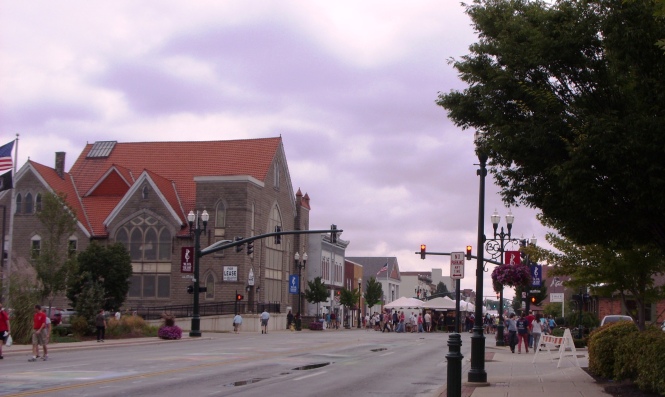

Why is the festival named after a Black Swamp?
Northwest Ohio and part of eastern Indiana used to be covered by a massive swamp. Historic Perrysburg describes the Great Black Swamp as “an oozing mass of water, mud, snakes, wolves, wildcats, biting flies, and clouds of gnats and mosquitoes” that covered an area nearly the size of the state of Connecticut. It stretched “40 miles wide and 120 miles long” from Perrysburg, Ohio in the north to Findlay, Ohio in the south, and from Fort Wayne, Indiana in the west to Sandusky, Ohio (now home to Cedar Point) in the east.

(Bowling Green is located halfway between Toledo and Findlay, along I-75, and Perrysburg is located just south of Toledo. Photo Credit: Wikipedia)
Historic Perrysburg goes on to describe the history of this swamp:
Water, often up to the belly of a horse, stood on the surface until it evaporated in the hot summer months. When it rained, or thawed in the winter, it was water and muck. Much of the swamp was covered with an almost impenetrable forest of giant oak, sycamore, hickory, walnut, ash, elm, maple and cottonwood trees, except in a few prairie areas where limestone just under the surface would not support timber growth.
Not even native Indians went into the swamp except to hunt, and unless you could follow a blazed trail, it was easy to become hopelessly lost since you could only see but a few yards ahead.
The swamp was created 20,000 years ago when the last glacier retreated.
The enormous weight of the mile-thick ice pack pressed down and scooped out the earth beneath it to create a depression about 10 feet lower south of where Perrysburg sits on the river bluff. Thereafter, until it was drained, water stood in the silted wetland and clay in the ground prevented it from soaking in. When water was standing and flooding conditions occurred, large fish from the Maumee River and other streams could swim all over areas now covered by corn and soybean fields…
There was no end to the variety of sicknesses and maladies spawned from the mosquito-infested swamp. There was cholera, typhoid and milk sickness, but chief among them were malarial fevers generally known as “ague” for which people kept quinine powder on the table, along with salt and pepper, to sprinkle on their food.
The fevers caused people to have chills, or the shakes, and according to a doctor of the time it took them from three to five years to get over it. The shakes occurred from about the first of July until the first frost. They took hold of people and literally shook them up. The doctor wrote that so violent were the chills and shaking that when they came on, the very bed and floor would rattle.
The Black Swamp was Ohio’s last frontier, and beginning in the 1840s, it took several generations of determined farmers to drain it and make it the rich, flat farmland of today… It took back-breaking labor and construction of one of the greatest underground drainage systems in the history of the world to create the productive farmland we now drive by and take for granted just outside of Perrysburg.
According to Wikipedia, in the mid-1850’s it was a resident of Bowling Green, James B. Hill, who “made the quick drainage of the Black Swamp possible with his invention of the Buckeye Traction Ditcher.”









